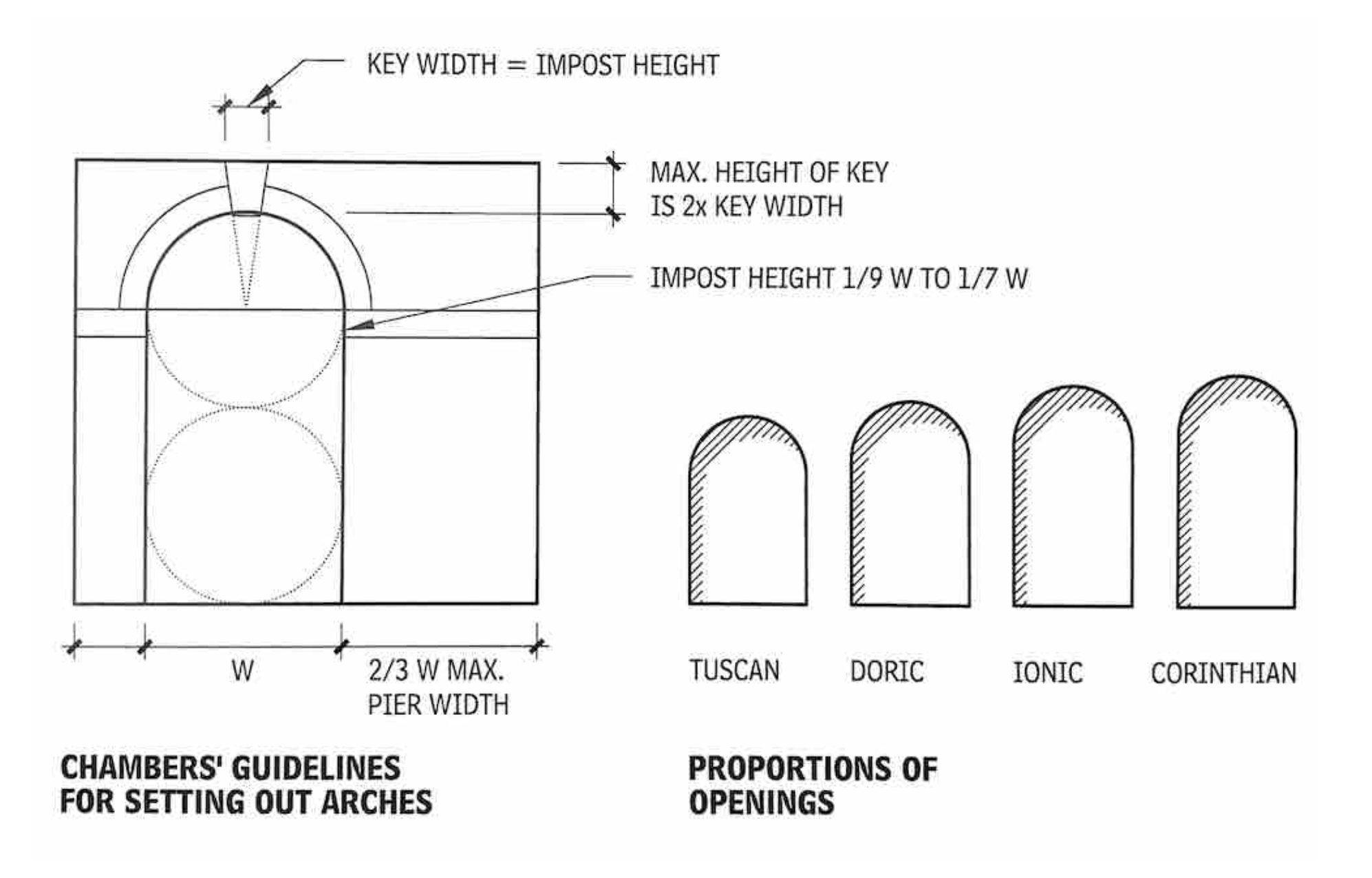The concept of graphic standards is well-known across several disciplines. In design, it is most substantively understood in architecture, but its American origins present a limited aesthetic scope that favours classical architectural norms that overlook non-Western architectural traditions. This paper explores their relevance concerning urban heritage and the emerging concept of graphic heritage. It explores how the concept may be used to understand the value of repetition and frequency in Islamic art, architecture, and design.
The research follows an exploratory hypothesis that seeks to describe and redefine some related concepts that will benefit a cross-disciplinary appreciation of cultural heritage and the underpinning role of graphic standards across an expanded multicultural context from which they emerged in the early twentieth century. Several disciplinary perspectives inform the study, from architectural heritage expression, urban heritage, architectural graphic standards, classical architectural elements, Islamic motifs, geometry, and graphic design.
These shape the discussion to substantiate and expand the semantic link between the graphic in graphic standards and graphic heritage for the future benefit of design research and heritage theory and practice.
Featured content
Graphic Standards for an Arch: Guidelines and proportions of openings for arches as featured in the appendix section Classical Architectural Elements in Architectural Graphic Standards. Drawings by The Magnum Group. Source: The American Institute of Architects, 2016, 1013

The “Classic” Arch: The Coliseum (left) and Palazzo della Civiltà Italian in the EUR District (right), both in Rome. The latter displays on each façade 54 arches seemingly proportioned to match Tuscan arches (upper floors) and Ionic at ground level. Source: ©Robert Harland 2018.
The “Islamic” Arch: The arch is also a distinct feature in Islamic architecture and is utilised at the scale of a building façade, as an aperture for distinctively shaped interior space, and as a repeating device. In descending order of size, it frames gateways, doorways, and windows (right). Source: © Robert Harland 2023

Read the full paper here
Harland, R.G.(2023) Graphic standards in graphic heritage: Scope, scale, and unity through multiplicity in Islamic design, in De Sainz Molestina, D., Galluzzo, L., Rizzo, F., Spallazzo, D. (eds.), IASDR 2023: Life-Changing Design, 9-13 October, Milan, Italy. https://doi.org/10.21606/iasdr.2023.498
Addendum : p. 18. Moles, A. A. (1986). The legibility of the world: A project of graphic design. Design Issues, 3(1), 43–53. https://doi.org/https://doi.org/10.2307/1571640
